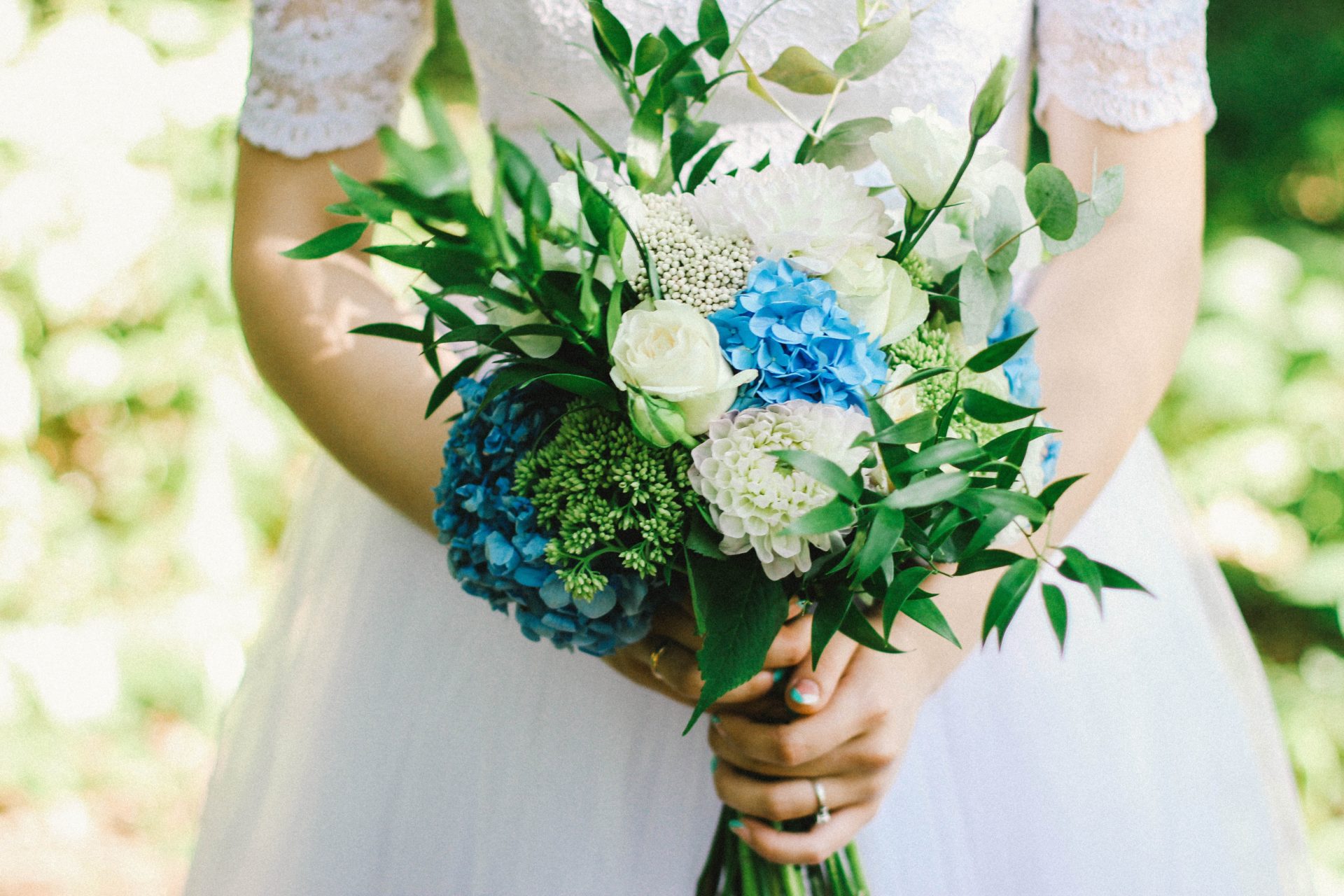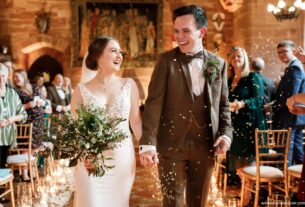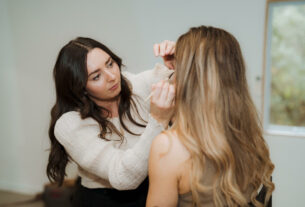Wedding flowers are more than just beautiful decorations; they set the tone and atmosphere for your special day. From the bridal bouquet to centerpieces and ceremony arrangements, flowers play a critical role in creating a cohesive and memorable wedding theme. Here’s the ultimate guide to wedding flower arrangements, covering everything you need to know to make your floral dreams come true.
1. Start with Inspiration
Gather Ideas
Before meeting with a florist, gather inspiration from various sources. Bridal magazines, Pinterest, Instagram, and wedding blogs are great places to start. Save images of bouquets, centerpieces, and floral installations that catch your eye.
Consider Your Wedding Theme
Your wedding theme and color palette will heavily influence your flower choices. Whether your wedding is rustic, classic, modern, or bohemian, ensure your floral arrangements complement the overall style.
Seasonality
Seasonal flowers are not only more affordable but also fresher. Research which flowers are in season during your wedding month and discuss these options with your florist.
2. Choosing a Florist
Research and Reviews
Look for florists who specialize in weddings and have good reviews. Ask friends and family for recommendations and read online reviews to gauge customer satisfaction.
Consultations
Schedule consultations with a few florists to discuss your vision and budget. Bring your inspiration images and color palette to these meetings. A good florist will listen to your ideas and offer suggestions to enhance your vision.
Portfolio and Style
Review the portfolios of potential florists to ensure their style aligns with yours. Some florists specialize in lush, romantic arrangements, while others may excel in minimalist or avant-garde designs.
3. Setting a Budget
Allocate Funds Wisely
Flowers typically account for about 10-15% of the overall wedding budget. Allocate funds based on priority areas like the bridal bouquet, ceremony backdrop, and reception centerpieces.
Itemized Proposal
Request an itemized proposal from your florist to understand the costs involved. This should include flowers, labor, delivery, and setup fees. Be transparent about your budget constraints so your florist can work within them.
Cost-Saving Tips
To save on costs, consider using more greenery, repurposing ceremony flowers for the reception, and choosing larger statement pieces over multiple small arrangements. Additionally, using in-season and local flowers can significantly reduce expenses.
4. Types of Wedding Flower Arrangements
Bridal Bouquet
The bridal bouquet is a central piece of your wedding flowers. It should reflect your style and complement your dress. There are various styles to choose from:
- Hand-Tied: A natural, relaxed look with flowers loosely tied together.
- Cascade: A dramatic bouquet with flowers that flow downwards.
- Posy: A small, round bouquet, perfect for a minimalist look.
Bridesmaids’ Bouquets
Bridesmaids’ bouquets should complement the bridal bouquet but can be simpler. They can also double as décor for the head table or reception area.
Boutonnieres and Corsages
Boutonnieres for the groom, groomsmen, and fathers typically include a single flower or a small cluster. Corsages for mothers and grandmothers can be worn on the wrist or pinned to a dress.
Ceremony Flowers
Ceremony flowers can include altar arrangements, aisle decorations, and floral arches or backdrops. These arrangements create a stunning visual focal point for your vows and photos.
Reception Flowers
Reception flowers include centerpieces, table garlands, and arrangements for the cake table, gift table, and guest book area. Consider the overall flow of the reception space and how flowers can enhance it.
5. Flower Selection
Meaning and Symbolism
Many flowers carry specific meanings. For example, roses symbolize love, lilies represent purity, and peonies convey prosperity. Choose flowers that hold personal significance or convey the sentiments you wish to express.
Color Palette
Your flower choices should align with your wedding color palette. Work with your florist to select blooms that harmonize with your theme, whether you prefer bold, vibrant colors or soft, pastel hues.
Variety and Texture
Incorporate a mix of flowers and greenery to add depth and texture to your arrangements. Combine different shapes, sizes, and colors to create visually interesting designs. For example, pair soft peonies with structured roses and wispy greenery.
6. Logistics and Coordination
Delivery and Setup
Discuss the logistics of delivery and setup with your florist. Ensure they have access to the venue in time to set up all arrangements. Confirm who will handle the teardown and removal of the flowers after the event.
Repurposing Flowers
Maximize your floral budget by repurposing ceremony flowers for the reception. For instance, aisle arrangements can be used to decorate the entrance to the reception, and altar flowers can become centerpieces.
Preservation
Consider preserving your bouquet or other significant floral arrangements. Pressing, drying, or even having the flowers professionally preserved in resin are popular options.
7. Final Tips
Communicate Clearly
Maintain open communication with your florist throughout the planning process. Share any changes to your vision or budget promptly.
Flexibility
Be flexible and trust your florist’s expertise. Sometimes specific flowers may not be available or in their best condition. Allow your florist to make substitutions that align with your overall vision.
DIY Options
If you have a tight budget, consider DIY options for simpler arrangements like centerpieces. However, leave more complex pieces like the bridal bouquet and ceremony backdrop to the professionals to ensure they look perfect.
Conclusion
Wedding flower arrangements are an essential part of your wedding décor, setting the mood and enhancing the beauty of your special day. By starting with clear inspiration, choosing the right florist, setting a realistic budget, and carefully selecting your flowers and arrangements, you can create stunning floral designs that reflect your personal style and make your wedding day unforgettable. Remember to plan ahead, communicate clearly with your florist, and enjoy the process of bringing your floral vision to life.





